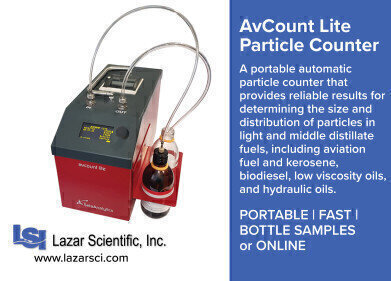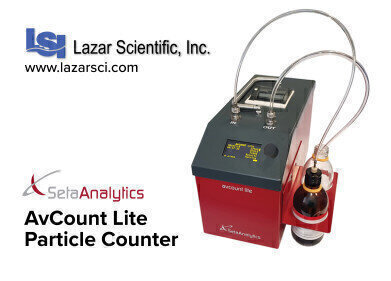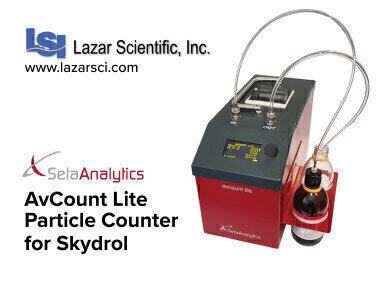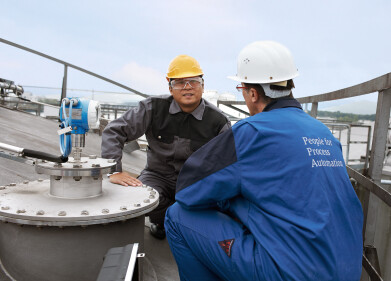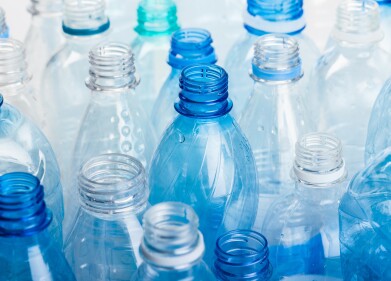Analytical Instrumentation
Hydraulic System Performance Relies on Understanding the Role of Particulate Contamination
Mar 16 2021
In hydraulic fluid power systems, power is transmitted and controlled through a liquid under pressure within an enclosed circuit. Solid particle contaminant is always present in the hydraulic fluid and the amount needs to be determined because particulate contamination can cause serious problems. Although filters are installed to keep particulates under control, some particulate contamination is unavoidable.
Common sources of contamination in hydraulic systems
Native contamination − These are contaminant particles that were left in the system or any of its components during manufacture or repair and include contaminants such as welding slag, machining swarf, pieces of Teflon tape or excessive sealant.
New fluid contamination − This can be because the environment inside the bottling or filling plant itself was dirty, the container it has been stored in was dirty, or because the container has been contaminated by multiple careless openings and closings.
A careless filling procedure − Contaminants may enter the system if proper filtration and cleaning procedures are not followed when adding new fluid.
Ingressed contamination – Whenever the system is opened such as when a hose is disconnected or fluid is topped up, there is the potential for contamination to ingress. Dirt particles can also ride in on the cylinder rod. No rod seal can prevent all particles from entering.
Careless use of quick couplers − Quick couplers found on systems as test points, accessory attachments, or tank filling points can be a point of entry for contaminants to be directly forced into the system if they are not completely clean before a connection is made.
Internally generated contamination − Known as the wear regeneration cycle, particles removed from the interior surface of the components will circulate in the system until they are removed. Each impact of a particle with a surface causes more damage. This can include contamination from the catastrophic failure of components within the system.
Hydraulic component cleanliness
Most hydraulic component manufacturers require a certain cleanliness level for warranty purposes, to ensure proper function and for a long, trouble-free life.
The Seta Analytics AvCount Lite Particle counter provides portable, fast, and reliable results for determining the size and distribution of particles in light and middle distillate fuels, including aviation fuel, kerosene, biodiesel, low viscosity oils, and hydraulic oils. The particle counter’s simple operation makes testing bottle samples or on-line quick and easy, with results in under 3 minutes.
The AvCount Lite Particle Counter for Skydrol has been specifically designed to measure the particulate of Skydrol hydraulic fluid.
Skydrol is an advanced fire-resistant aviation hydraulic fluid that inhibits corrosion and prevents erosion damage to servo valves. Due to the highly corrosive nature of Skydrol material this special version of the AvCount is fitted with Isolast seals and a protective inner case.
Click here to see the complete line of particle counters available through Lazar Scientific, Inc.
Digital Edition
PIN 25.1 Feb/March
March 2024
In This Edition Safety - The technology behind the ION Science Tiger XT - Safety with ammonia and LOHCs as hydrogen carriers Analytical Instrumentation - Discussion on new tribology te...
View all digital editions
Events
Apr 22 2024 Hannover, Germany
Apr 22 2024 Marrakech, Morroco
Apr 22 2024 Muscat, Oman
Apr 22 2024 Rotterdam, Netherlands
Apr 23 2024 Singapore
